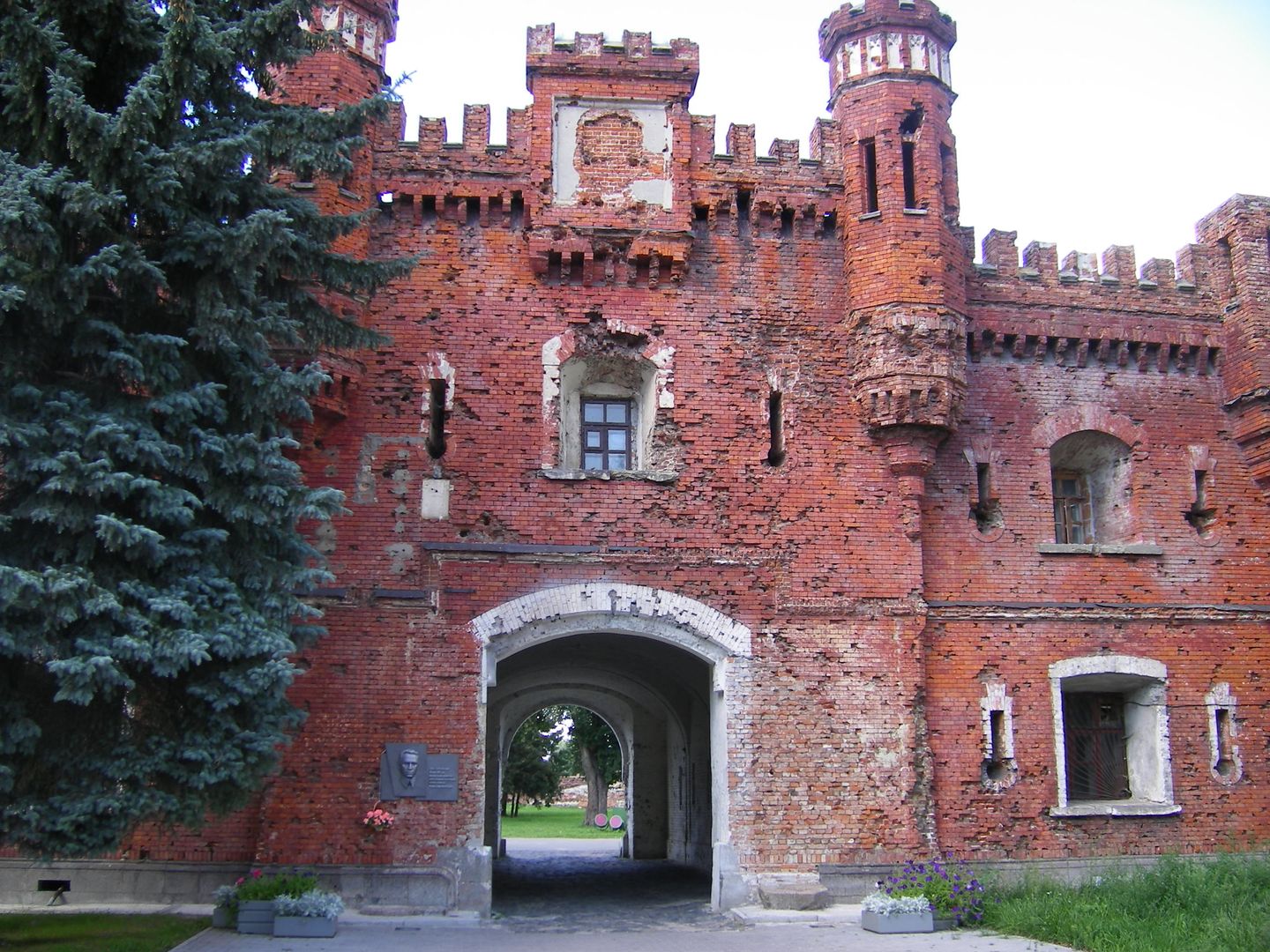Brest Fortress
6.4

Overview
The Brest Fortress, also known as the Brest Fortress, is a complex of fortifications built by the Russian Empire in the 19th century at the confluence of the Muchaviec and Bug rivers, aimed at controlling the conquered Poland. Construction of the fortress began in 1836 on the orders of Emperor Nicholas I Romanov and was completed in 1842. Comprising a central citadel and outer fortifications, including several forts, the fortress was modernized in the early 20th century, though planned expansions were not fully realized due to the outbreak of World War I. During this war and subsequent conflicts, the fortress played a key strategic role; in 1915, it fell after a two-day siege by Austro-Hungarian forces, and in 1919, it was captured by Poland. After World War I and during the interwar period, the fortress became a site of political repression, where opposition figures were imprisoned. Occupied by the Germans in September 1939, it resisted during Operation Barbarossa in 1941 but was ultimately captured by the Wehrmacht. After World War II, the fortress became part of the USSR and is now located in Belarus. In culture, the Brest Fortress has been immortalized in the 2010 film "Brest Fortress" and in Vincent V. Severski's novel "The Illegals," where it serves as one of the central locations of the intrigue. Interestingly, in 2008, the fortress hosted a meeting between the presidents of Belarus and Russia. The fortress is not only an important architectural heritage site but also holds historical and cultural significance tied to the tumultuous history of the region.
Location
2025 Wizytor | All Rights Reserved